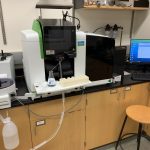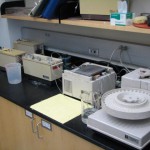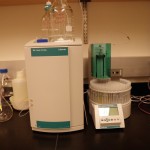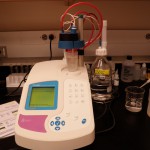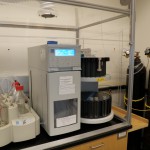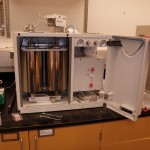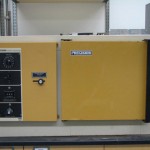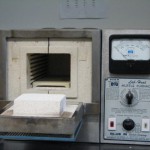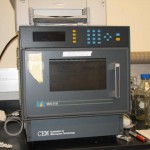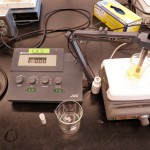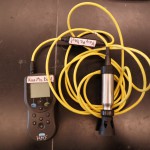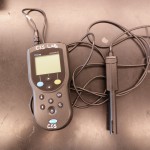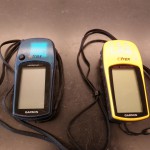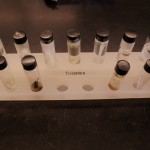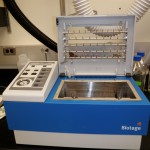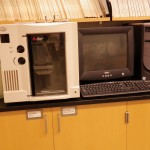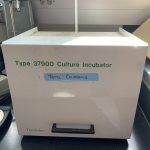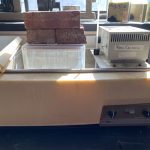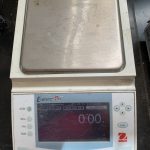Here we show you images of the instruments used for teaching and research. We use lab protocols, quality assurance and quality control techniques derived from standard methods and EPA protocols for regulated materials. Specialized training on an instrument can be arranged, if necessary, plus Williams College researchers can reserve a particular instrument for lab on our Equipment Signup page.
- Perkin-Elmer 900H Atomic Absorption Spectrometer
- Technicon AutoAnalyzer II
- Metrohm 883/863 Ion Chromatograph
- Radiometer Analytical AutoTitrator
- Dionex Accelerated Solvent Extractor (ASE)
- Thermo Flash Elemental Analyzer
- Precision Convection oven
- FisherSci Analytical balance
- Blue M Muffle furnace
- CEM Microwave digester
- FisherSci pH Meter
- Hach Field Dissolved Oxygen Meter
- Hach Field Conductivity Meter
- Garmin GPS devices
- Aquatic Invertebrates
- Biotage TurboVap
- Beckman Coulter Counter
- Thermolyne Incubator
- Water bath
- Ohaus Top-load balance
Instrument Precision and Accuracy
| Analysis | Instrument | Detection limit | Run Precision |
| Calcium (Ca+2) | Perkin-elmer PinAAcle 900H | 0.49 µeq/L | 0.19 %RSD |
| Magnesium (Mg+2) | Perkin-elmer PinAAcle 900H | 0.41 µeq/L | 0.53 %RSD |
| Sodium (Na+) | Perkin-elmer PinAAcle 900H | 0.43 µeq/L | 0.55 %RSD |
| Potassium (K+) | Perkin-elmer PinAAcle 900H | 0.26 µeq/L | 0.78 %RSD |
| Ammonium (NH4+) | Technicon Auto-analyzer II | 0.56 µeq/L | 2.64 %RSD |
| Silica (SiO2) | Technicon Auto-analyzer II | 0.33 µeq/L | 1.46 %RSD |
| Chloride (Cl-) | Metrohm 883/863 IC | 0.57 µeq/L | 0.28 %RSD |
| Nitrate (NO3-) | Metrohm 883/863 IC | 0.16 µeq/L | 0.10 %RSD |
| Phosphate (HPO4-3) | Metrohm 883/863 IC | 0.21 µeq/L | 0.16 %RSD |
| Sulfate (SO4-2) | Metrohm 883/863 IC | 0.21 µeq/L | 0.18 %RSD |
| pH | Radiometer Analytical TIM840 | pH 2 to 12 | pH 2 + 0.02 to pH 12 + 0.12 |
| Alkalinity by auto-titrator | Radiometer Analytical TIM840 | 0.16 µeq/L | 0.45 %RSD |
Notes about data quality: Most samples are analyzed 2 to 4 times but there are still anomalies in the data that should be carefully evaluated. Sample charge balance is used as the initial screen. For individual ions, quality control and quality assurance are performed with commercial standard reference standards and using intra-laboratory comparisons. The standard reference materials are used as a single-blind setup until after results obtained. Using archived samples as intra-laboratory comparisons assures researchers of reproducibility and statistical replication.

